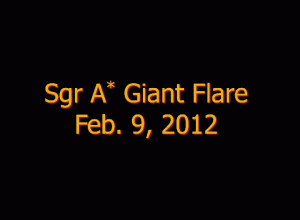The attached paper has been accepted for publication in ApJ. Abstract below:
We report the detection of the two-dimensional structure of the radio source associated with the Galactic Center black hole, Sagittarius A*, obtained from Very Long Baseline Array (VLBA) observations at a wavelength of 7mm. The intrinsic source is modeled as an elliptical Gaussian with major axis size 35.4 x 12.6 R_S in position angle 95 deg East of North. This morphology can be interpreted in the context of both jet and accretion disk models for the radio emission. There is supporting evidence in large angular-scale multi-wavelength observations for both source models for a preferred axis near 95 deg. We also place a maximum peak-to-peak change of 15% in the intrinsic major axis size over five different epochs. Three observations were triggered by detection of near infrared (NIR) flares and one was simultaneous with a large X-ray flare detected by NuSTAR. The absence of simultaneous and quasi-simultaneous flares indicates that not all high energy events produce variability at radio wavelengths. This supports the conclusion that NIR and X-ray flares are primarily due to electron excitation and not to an enhanced accretion rate onto the black hole.
Included Files
1
1
1
